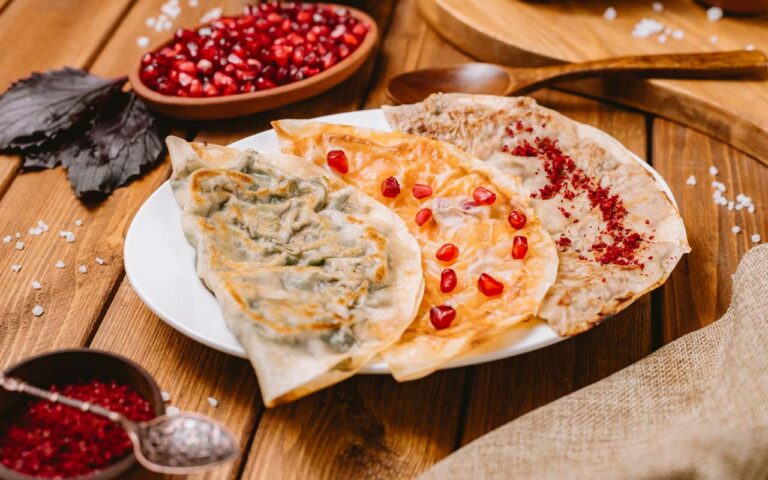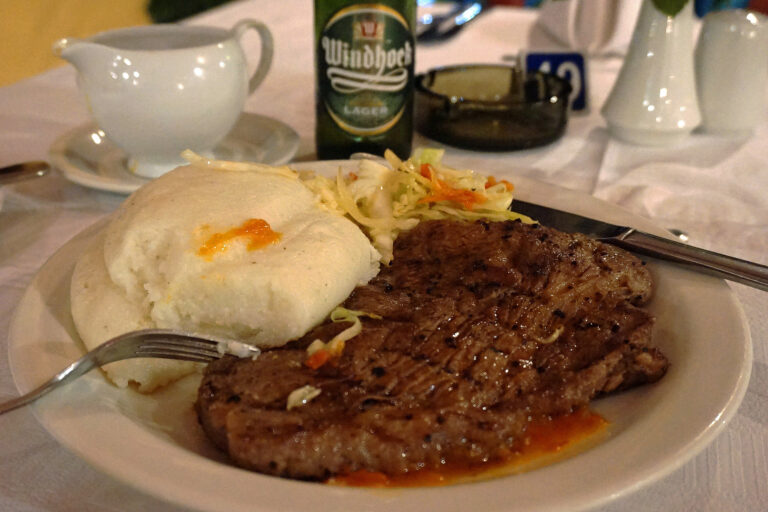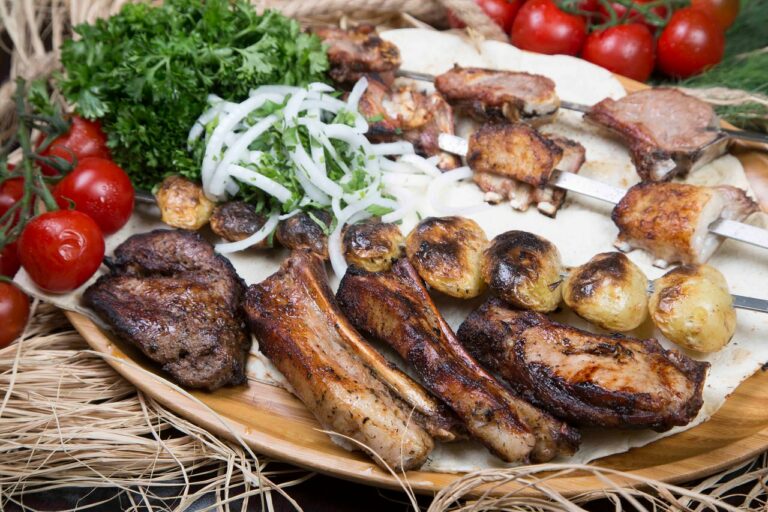Introduction: Understanding Azerbaijani Dining Culture
Azerbaijani cuisine is a unique blend of flavors and spices that reflects the country’s rich history and culture. Dining is an integral part of Azerbaijani hospitality, and it is customary for the hosts to prepare an elaborate spread of dishes for their guests. Azerbaijani cuisine is influenced by Turkish, Persian and Russian cuisine, and it is characterized by its generous use of herbs and spices, grilled meats, and rice.
Seating Arrangements: Grouping and Hierarchy
Azerbaijani dining etiquette is heavily influenced by traditional Muslim customs, and seating arrangements reflect this. Guests are seated in groups of men and women, with the most senior guests seated at the head of the table. It is customary for the host to seat the guests and assign seats based on their rank or status. The most respected guests are seated closest to the host, and it is considered impolite to argue over seating arrangements.
Table Setting: Traditional Cutlery and Utensils
Azerbaijani dining is often served on a dastarkhan, a tablecloth spread on the floor, and guests sit cross-legged around it. Traditional cutlery and utensils include a spoon for soup, a fork for meat, and a knife for bread. Azerbaijani cuisine also features a type of bread known as lavash, a thin, flatbread that is ripped into pieces and used to scoop up food. Guests are expected to use their right hand to eat and refrain from using their left hand, which is considered unclean.
Serving Style: Hospitality and Generosity
Azerbaijani hospitality is renowned, and hosts often go to great lengths to make their guests feel welcome. It is customary for the host to serve a large variety of dishes, including meat, fish, vegetables, and sweets. Guests are encouraged to try everything and are urged to eat more even if they are full. It is also customary to offer guests second and even third helpings, and refusing food is considered impolite.
Tasting Sequence: The Order of Dishes
Azerbaijani cuisine follows a specific tasting sequence, with dishes served in a particular order. The meal typically starts with a variety of soups and salads, followed by meats and vegetables, and ending with sweets and tea. It is customary to serve a hot soup or stew known as piti, which is a staple of Azerbaijani cuisine. The main course usually features grilled or roasted meats, including lamb, beef, or chicken, served with rice, vegetables, and pickles.
Drinking Traditions: Tea and Other Options
Tea is an essential part of Azerbaijani dining, and it is served throughout the meal. It is customary to serve tea in a glass, often with a sugar cube or a slice of lemon. Azerbaijani cuisine also features a variety of non-alcoholic beverages, including ayran, a sour milk drink, and sherbet, a sweetened fruit juice. Alcohol is not commonly served during meals, but it can be offered to guests if they request it.
Dining Manners: Etiquette and Politeness
Azerbaijani dining etiquette emphasizes politeness and respect, and guests are expected to behave appropriately. It is customary to wait for the host to start eating before guests begin their meal. Guests should also avoid taking large helpings of food and should wait to be offered second helpings. Burping and making loud noises while eating are considered impolite, and guests should refrain from using their mobile phones during the meal.
Conclusion: Appreciating Azerbaijani Cuisine and Culture
Azerbaijani dining culture reflects the country’s rich history and traditions. From the seating arrangements to the serving style, every aspect of Azerbaijani dining is steeped in etiquette and customs. By understanding these traditions and manners, guests can fully appreciate the delicious flavors and generous hospitality of Azerbaijani cuisine.










